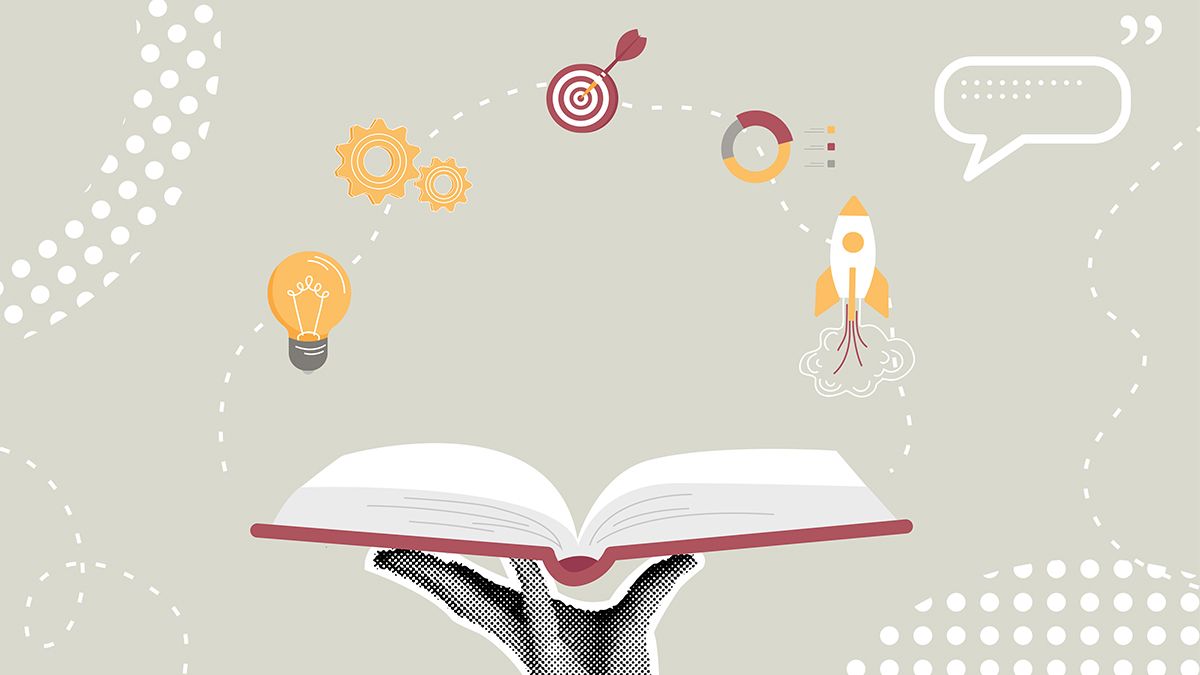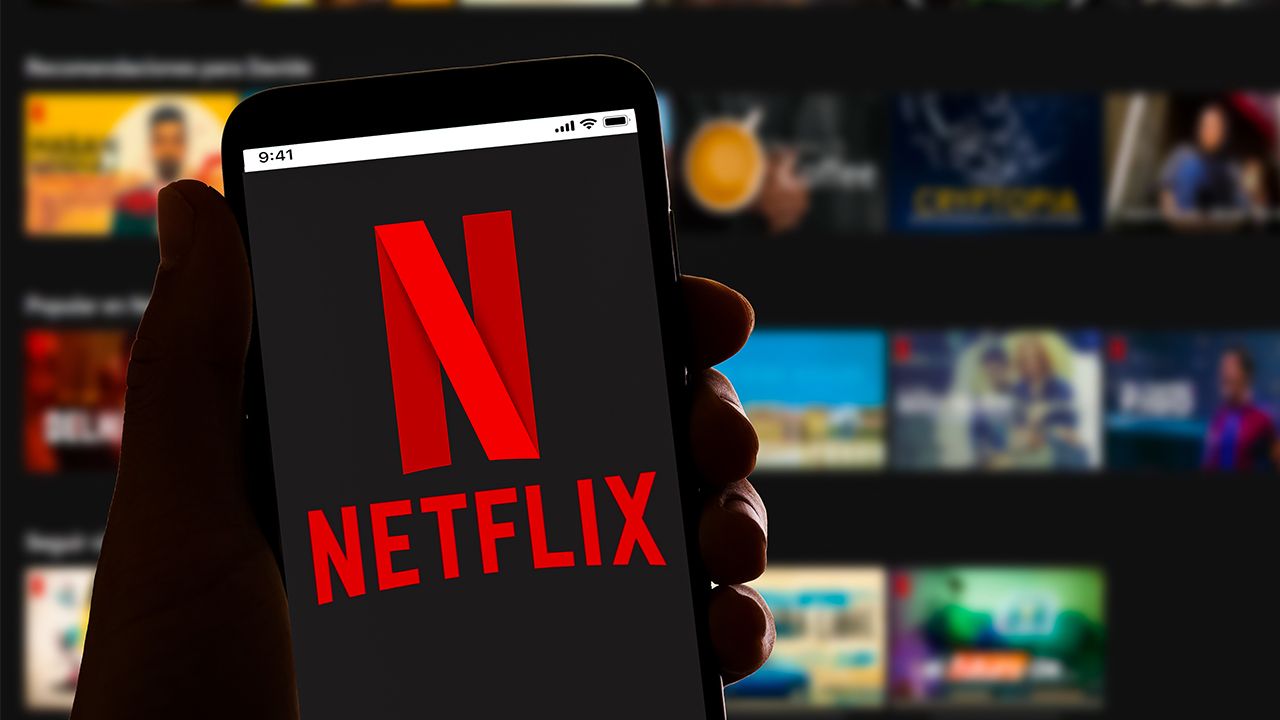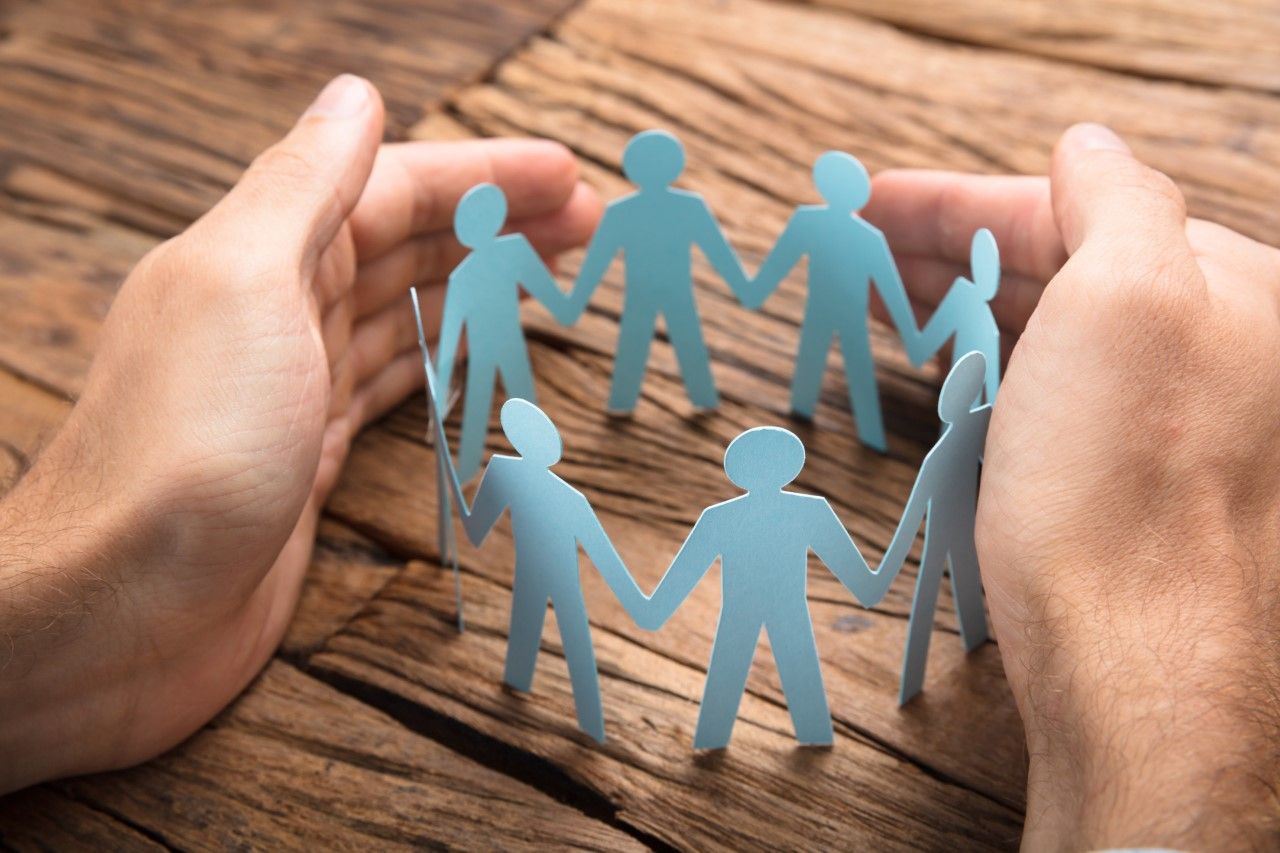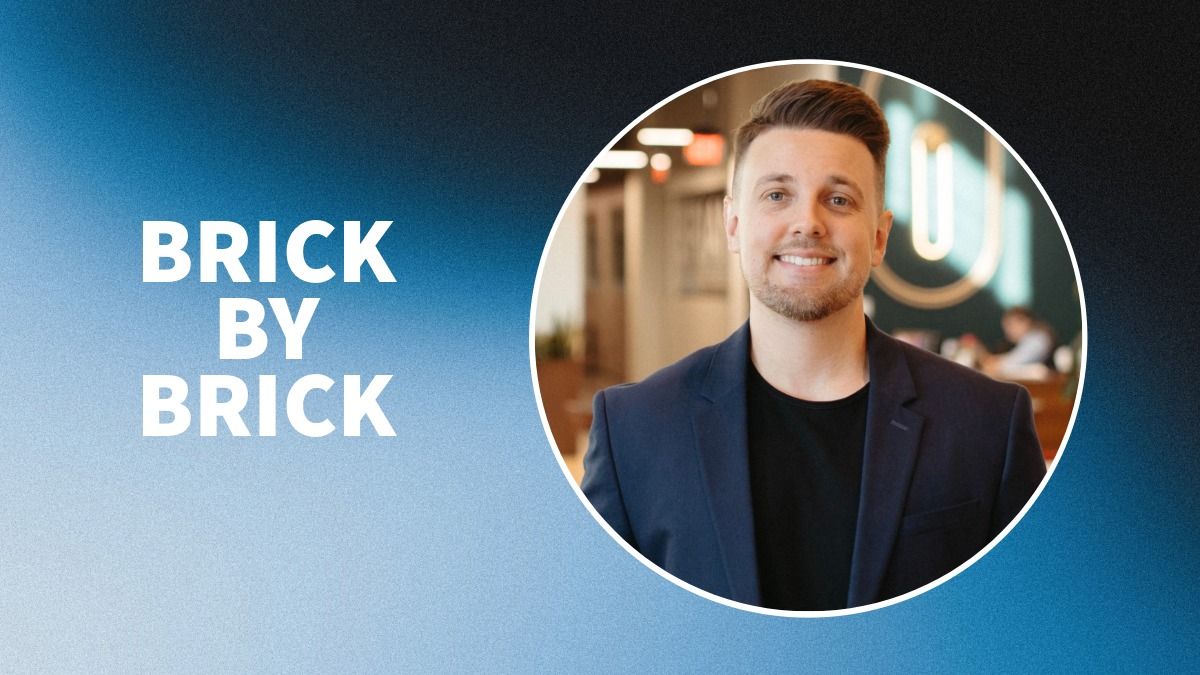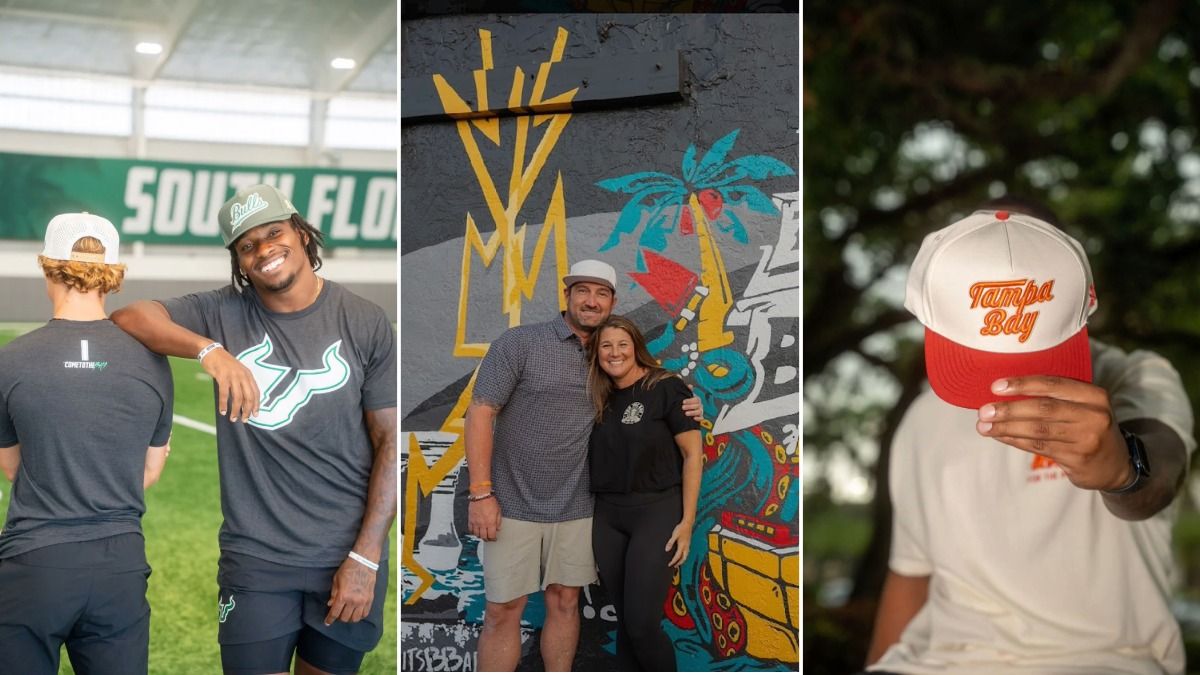Why do some people buy while others don’t? Why does someone choose your company or product and keep coming back? At the heart of brand loyalty lies the emotional connection we need to make with our customers. Those two words are the golden rings for marketers today.
Today, the best companies leverage a customer journey—the sum of experiences a customer goes through when they interact with you. Sounds daunting, but think of it as a road map of how a customer becomes aware of you, their interactions with you and ultimately their engagement with you.
The world’s top brands look at all the touch points where their customers interact with them along the sales cycle—awareness, inquiry, sales, completion and follow-up—and they realize it is best to understand their customer’s entire experience.
There is a robust ecosystem of communication channels for you and your chief marketing officer to navigate. Within it, there is a diverse range of customers and prospects who are sophisticated enough to demand more than a one-size-fits-all approach to engagement. Coca-Cola was the master of traditional advertising but has had to find its voice to become a strong brand in the digital age. To reach different audiences, it took the time to map out all the different audiences and segment them into different “drink moments.” So, whether the customer is hanging out with a friend, or looking to cool off after a workout, Coca-Cola uses a content strategy that entices customers to choose one of their products during those moments and makes an emotional connection.
Think it’s different for a B2B company? Think again. Business-to-business marketing—all marketing—is about being human first. IBM does this masterfully. The company website is full of great, diverse content in all different formats, from articles and white papers to videos and podcasts, to reach different audiences at different points of their customer journey.
As the company’s leader, it is your responsibility to nurture this customer journey. Studies have shown that 86 percent of buyers will pay more for a product or service that comes with a personalized experience. That means you must engage them in a way that respects how much they already have invested in you. This is your company’s opportunity to create something more powerful than customer satisfaction—an emotional attachment to your brand. ♦
Colleen Chappell specializes in brand development, integrated marketing, advertising, public relations, pricing strategies and distribution-channel launch and growth.



